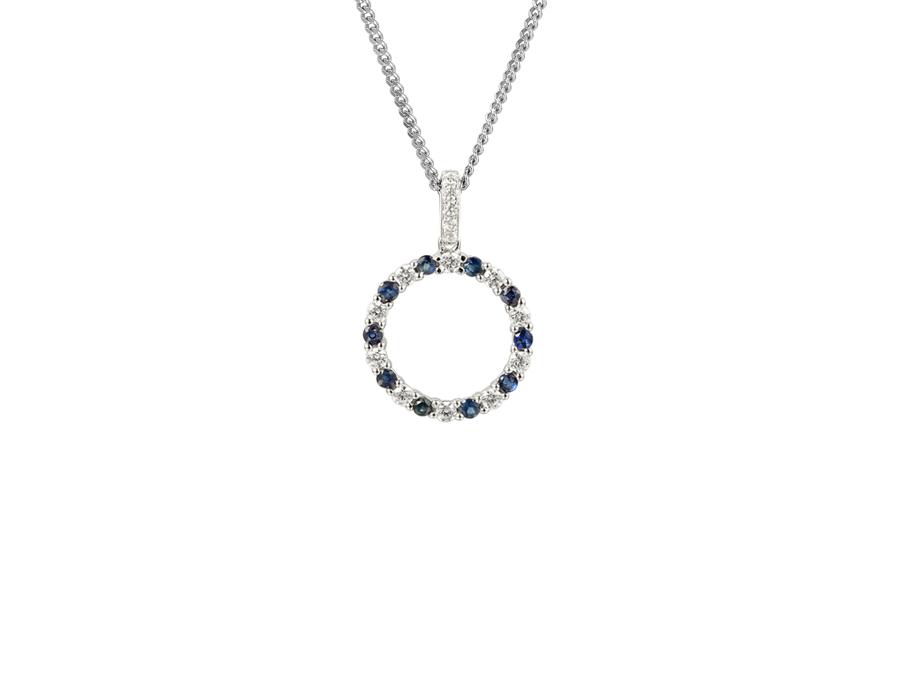We use cookies to make your experience better. To comply with the new e-Privacy directive, we need to ask for your consent to set the cookies. Learn more.
Collecting Jewellery – The Basics (Part 2)
Welcome back to our look at collecting jewellery. In part one, we looked at the criteria you'll need to define, and how to bag yourself a bargain. In this second part we look at why collecting jewellery can be a lucrative hobby, and how to care for and store your jewellery.
If you're not confident you can tell authentic diamonds from paste you may be better off buying from auction rooms, antique dealers and jewellers who have done the research for you. Sure, you will be paying more for the item but when you're building a collection the resale value isn't a big consideration as you're not trying to turn a profit on what you buy (although in time your investment pieces will gain value). Some people do collect jewellery as an investment, so if that's your thing then learn about the trends and values of different styles and time periods, looking out for patterns of popularity. With some careful research you could build a collection that you can sell for a handsome profit in 20 years, if you're able to accurately predict what will be in demand at that time. Some designers are always going to be desirable, so purchasing new pieces from a popular designer means you can expect an appreciation in value over the years.
How you store your jewellery collection is very important, especially for antique pieces which may already be suffering from exposure to light and chips to stones. If your collection has a significant monetary value, you should ensure that your pieces are insured for their full value. This may involve having your collection professionally valued; this is a worthwhile thing to do as you could learn new things about pieces you've had for years. Photograph your pieces from every angle and include close up shots of details. These pictures should be stored virtually so that you can access the proof even if your house burns down – the insurance company will want proof of ownership and value.
A safe is a great option for valuable jewellery, but ensure the safe is hidden inside a walk-in wardrobe or somewhere else it can't be seen by the casual visitor. Jewellery should be cleaned periodically and checked for damage or loose stones, and stored in soft cloth without pieces touching. This is all vital to preserve the integrity of your antique jewellery and it makes the experience of getting it out extra special.
We recommend getting your jewellery collection out a couple of times a year to check and clean it and to try some of it on – after all it was designed to be worn and seen. You might want to keep some on display where you can see it every day, with the rest safely locked away. Changing up the pieces you have on display regularly will inspire you and make you feel good, and you're more likely to wear it when you see it all the time. One great thing about antique jewellery is the quality of it – older jewellery made in the days before modern casting processes is handmade and you can sometimes get a sense of who made it by the little details you only see up close.
Collecting jewellery is a great hobby to have. The thrill of the hunt for a specific piece, the excitement when you find a vintage ring that fits, and the joy you get from handling and wearing unique vintage jewellery is second to none, and this hobby doesn't take up much space either, so it’s accessible to all. If you're looking to start collecting jewellery why not use our pieces as inspiration, and as the starting point for your new collection?















